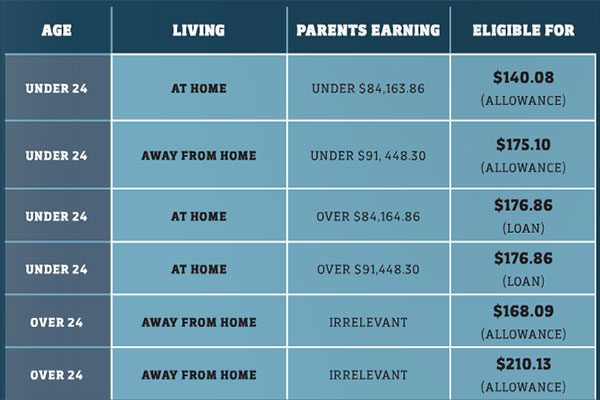
Social Development Minister Anne Tolley announced this year’s increase, stating: “Rates and thresholds for a range of Work and Income and StudyLink assistance will rise to keep up with increasing living costs … These increases help make sure people who rely on state assistance aren’t disadvantaged by inflation.”
Despite Tolley’s statements, figures show that rents are rising at a much faster rate than student living costs and allowances.
When the loan scheme was introduced in 1993, rent in Dunedin averaged $50.61 per student. Housing costs only took up one-third of a student’s weekly allowance. In 2014, average weekly rent came to $120.18.
Tolley said StudyLink assistance rises each year to keep up with inflation, yet last year students who received living costs spent an average of 70 per cent of their weekly payment on rent. Students receiving an allowance with the added $40 accommodation benefit were spending 56 per cent of it on rent.
Since 2009, student loan living costs, which were $160.70, have risen by only 9.52 per cent to $175.96 in 2014. The increase set to come into effect on 1 April will see the maximum living costs raised to $176.86. If rent remains at an average of $120.18, even though patterns show an increase each year, students will still be spending 68 per cent of their payment on rent.
Student rents in Dunedin have increased by $23.45, or 19.52 per cent, since 2010. Allowances and loans have increased by a mere $9.52, or 11.75 per cent, in the same period.
In 2011, 66 per cent of full-time students at Otago relied on living costs for their income. In 2012 this rose to 67 per cent, and in 2013 it jumped to 71 per cent. For these students, housing costs are quickly outpacing the level of payment they are receiving weekly. These students are not eligible for the $40 accommodation benefit.
In the past, those receiving a student allowance were able to keep up with increased housing costs due to the allowed accommodation benefit. In 2012, however, Dunedin reached their $40 per week, and the accommodation benefit has been stuck here since Therefore, as rents continue to rise, the amount of allowance students receive each week increases by very little. The proportion of students receiving an allowance was 44 per cent in 2011, 42 per cent in 2012 and 34 per cent in 2013.
The maximum allowance, including maximum accommodation benefit, was $191.70 in 2009. This has only risen 11.75 per cent to $214.21 in 2014.
Thanks to NZUSA for providing these figures.




